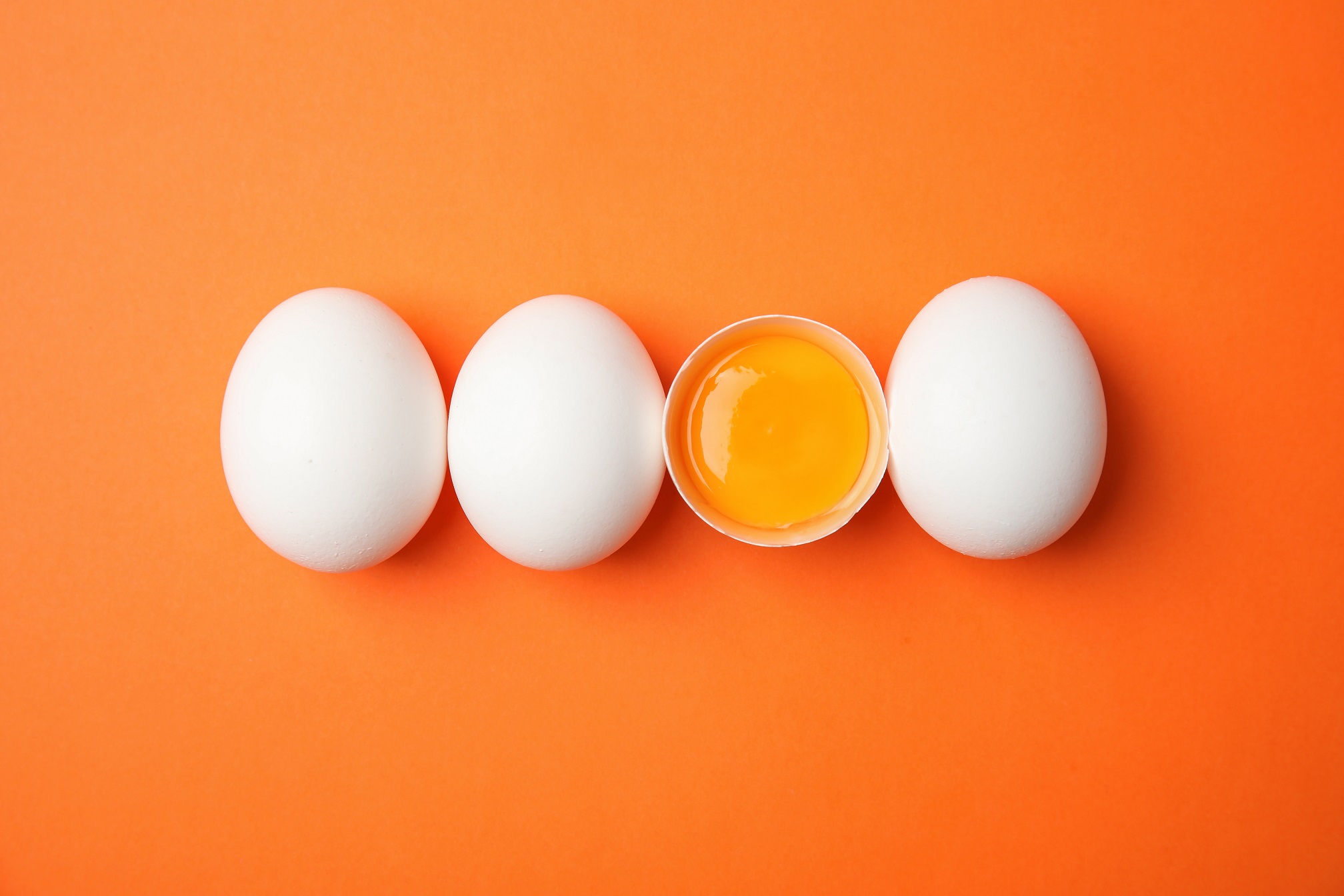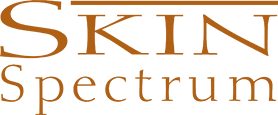The Story of Egg Whites and Our Skin

THE STORY OF EGG WHITES AND OUR SKIN: HYALURONIC ACID
In 1942, Endre Balazs applied for a patent to use hyaluronic acid as a substitute for egg white in bakery products. He would go on to discover a multitude of benefits to hyaluronic acids.
What is hyaluronic acid (HA)? This is a naturally occurring, jello-like substance called glycosaminoglycan found throughout the human body in which skin collagen and elastic tissue fibers are embedded. It is also found in many topical products and in injectables used to volumize the face. HA is present in almost every tissue and organ, and is especially well-known for being in the vitreous of the eye, joint space synovial fluid, cartilage, and the umbilical cord.
As we age, we have less HA in our bodies. This is why joints may seem a little stiffer with aging. We know that UV radiation accelerates HA loss in our skin.
The important function of hyaluronic acid is to absorb water. HAs can absorb up to 1000 times their volume in water. This helps give skin a hydrated and healthy appearance.
There are many over-the-counter products and medical grade topical products that contain HAs. These products enhance the skin’s moisture levels and improve the appearance of fine lines and wrinkles. These products seem to “glide” over the skin. They can sometimes have an egg white feeling when they are a solitary product and can make a product feel lighter and more fluid when mixed in with other active ingredients. HAs are gentle enough even for sensitive skin.
HAs only have a half-life of less than three days and possibly one day. The body must continually make HAs. Foods that have high HA content include organ meats, veal, lamb, beef, turkey, leafy greens, soybeans, nuts, seeds, vegetables, fruits, fish oils, and supplements.
Estee Lauder was the first brand to use HA in a beauty product. Currently many topical products contain HAs. Some of my favorites include SkinCeuticals Hydrating B5 Gel, Colorescience Bronzer, Intraceuticals Rejuvenate Daily Serum, Elta MD sunblock (the 46 Clear is the BEST!), and Atralin prescription Retin A with HA. All of these products hydrate the skin while they may also deliver additional vitamins, sunblock, etc. The one thing these products have in common is they are less drying than similar products without HAs. I have found HAs to be the most gentle and hydrating products we use on the skin. Everyone can use a topical HA. They are safe and effective for hydration.
In-office medical fillers, such as Voluma, Juvederm, Restylane and Perlane are injectable HAs. They replace volume loss, correct wrinkles and can create elevated cheek bones, a straight nose, softer, fuller lips, and a more balanced and harmonious look to the face. They are temporary corrections that may last six months to over two years depending on what product and location you inject. We use these fillers to safely reflate the face.
The injectable HAs are safe and one needs to find an artistic, licensed practitioner who uses only FDA approved products. They should not be used in patients with severe allergies, patients with active infections or pregnant and lactating women. The upside of fillers is they correct and enhance the skin and also stimulate fibroblasts to make new collagen.
If you don’t care for the look that is achieved with fillers, you can always have the product dissolved with hyaluronidase.
My favorite ingredient in topical products is hyaluronic acid. It consistently makes a product a favorite with all skin types. It helps with compliance, as people love the look and feel of their skin without the dreaded oiliness. The cosmetic elegance of these products is similar to an egg white facial without the egg!
The injectable HAs have revolutionized cosmetic medicine. It is remarkable to be practicing during this time. I so appreciate January 2004 when the first injectable, Restylane, was approved in the US.
